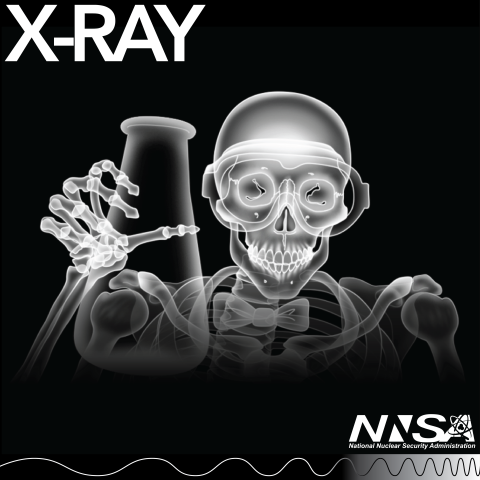
X-rays are vital tools at NNSA. They help scientists study how plutonium ages and explore how inertial confinement fusion works.
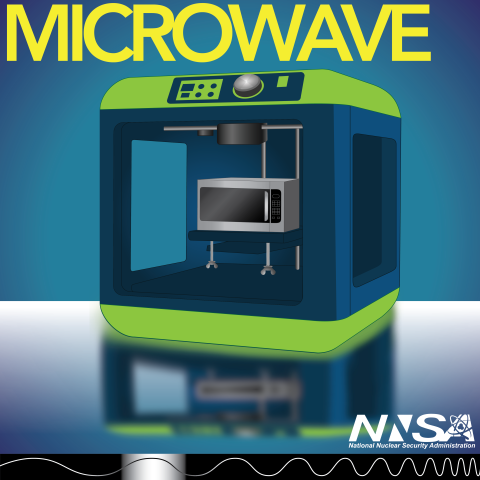
Around the Nuclear Security Enterprise, researchers have found new ways to cast metal, create one-way “mirrors,” and revolutionize 3D printing – all using microwaves.
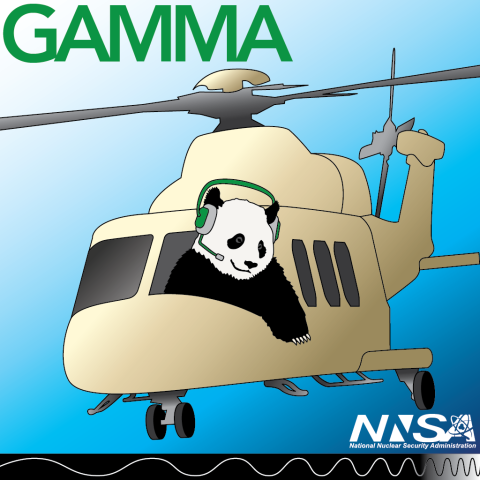
Teams in NNSA’s labs, plants, and sites detect gamma rays through numerous different methods and in all kinds of places, from the sky to the heavens.
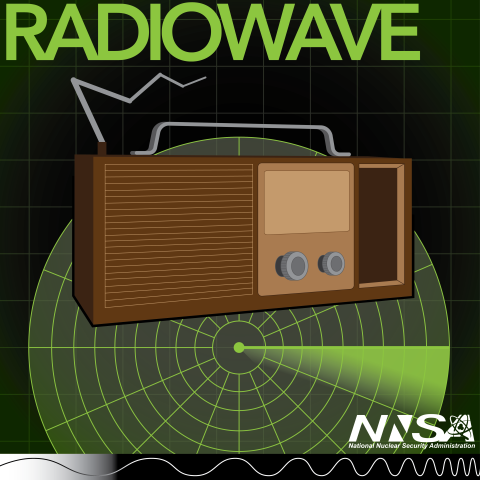
Radio waves are good for a lot more than bringing today’s hits to your car’s speakers.
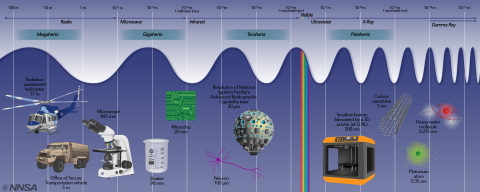
At NNSA’s labs, plants, and sites, research supporting our vital missions reaches across the electromagnetic spectrum – from radio waves to gamma rays. Sometimes that innovation spills into other areas, too, enabling tomorrow’s technological wonders.
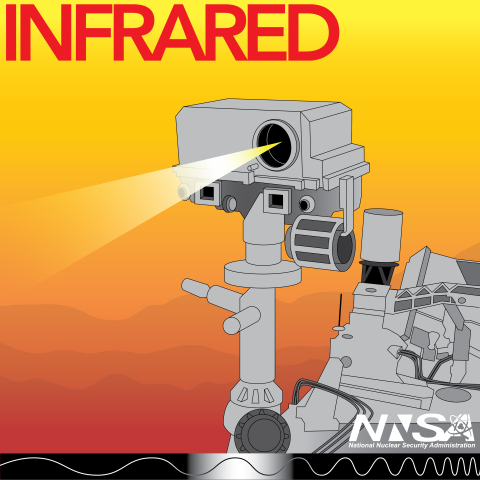
Although it cannot be seen by human eyes, infrared radiation can be felt as heat. NNSA uses it to learn more about nanoscience. It even developed technology for using infrared light for zapping rocks that’s out of this world.
NNSA has published its Draft Site-Wide Environment Impact Statement (SWEIS) for Los Alamos National Laboratory assessing current and future impacts of the Lab’s operations.
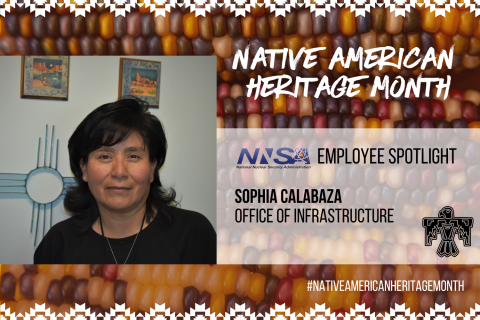
Meet Sophia Calabaza. Although new to NNSA's Office of Infrastructure, she has been steadily building a name for herself and her community within the Nuclear Security Enterprise.
NNSA is partnering with Los Alamos County to provide DOE’s two national laboratories in New Mexico with electricity produced from the County’s new Foxtail Flats solar and energy storage project, which is proposed to be operational by March 1, 2026.
NNSA published a Notice of Availability in the Federal Register announcing the availability of the final Surplus Plutonium Disposition Program Environmental Impact Statement.

